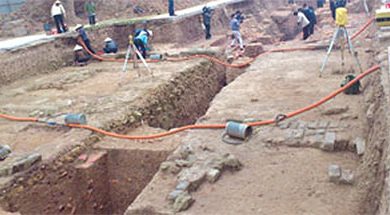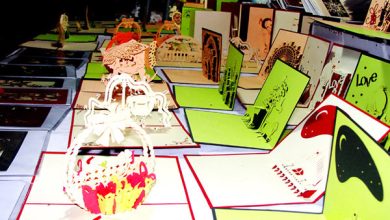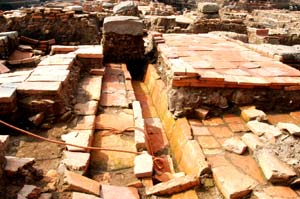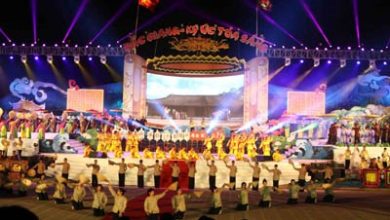Photo Exhibition titled “Independence”, commemorating the 75th anniversary of the August Revolution (19/8/1945 – 19/8/2020) and National Day (2/9/1945-2/9/2020)
The aspiration for national independence, and the inspiration from Vietnam to the national liberation movement in the world, is one of the Outstanding Universal Values of the World Cultural Heritage Site of the Imperial Citadel of Thang Long. This was confirmed by important events associated with the land of Thang Long – Hanoi and subsequently the political center of Ba Dinh. The succession of events that shaped the history of Thang Long – Hanoi will be retold in the story of Vietnamese Independence, in the photo exhibition of the same name, opening on August 31, 2020 at the Imperial Citadel of Thang Long.
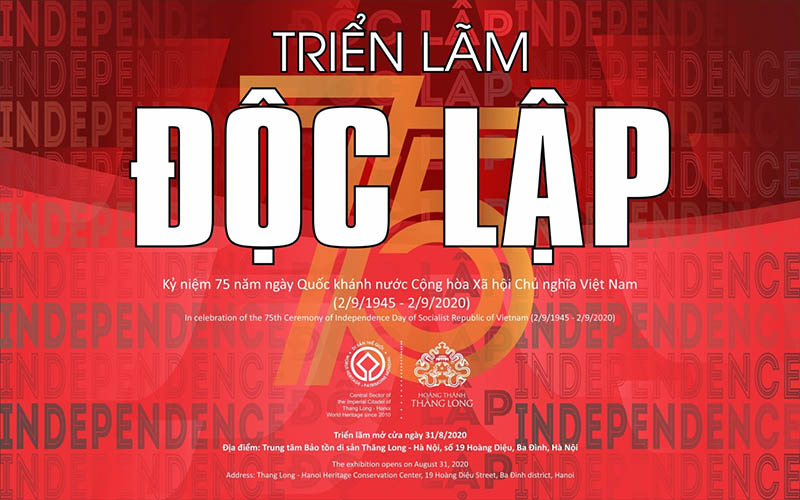
Independence and freedom are the eternal rights and aspirations of the Vietnamese people, generations after generations. That sacred aspiration is rooted in patriotic tradition, preserved, molded together with the nation’s history and come to the fore whenever national sovereignty is under threats from foreign forces.
For 10 centuries, from the 10th to the 19th century, Vietnam had to face many threats of invasion. However, the nation’s independence had always been maintained and protected during that time. The aspiration for national independence was expressed in King Ly Cong Uan’s Edict to Transfer the Capital in 1010 when he decided to move the capital from Hoa Lu Citadel to Dai La Citadel, changing its name to Thang Long in the hope of building an eternally prosperous country. That aspiration was forged and fostered by different dynasties through glorious feats, from the poem “Nam quốc sơn hà” (literally ’Mountains and Rivers of the Southern Country’) recited eloquently at the Nhu Nguyet River defence line in 1077 that affirmed Vietnam’s sovereignty and upheld the spirit of self-esteem of an independent nation to Nguyen Trai’s epic Bình Ngô đại cáo (literally: Great proclamation upon the pacification of the Wu) in 1428 which was considered the second Declaration of Independence of Vietnam as it affirmed Vietnam’s independence and self-reliance, concluding 20 years of resistance against the Ming invaders.
With the victory of the August Revolution in 1945, Independence Day became a sacred moment in Ba Dinh Square on 2 September 1945 when President Ho Chi Minh declared the independence of the Democratic Republic of Vietnam, the first state of workers and peasants in Southeast Asia. Once again, the aspiration for independence of the Vietnamese people became a source of inspiration for the national liberation movements of colonial countries all over the world.
The great historical events have left their marks in the Thang Long Imperial Citadel heritage area. They are the milestones that never fade in the course of history of the nation, marking the process of formation and development of the nation, an independent country for more than a thousand years, including the colonial period and the two wars of Independence and reunification.
In order to commemorate the 75th anniversary of the August Revolution (August 19, 1945-19/8/2020) and National Day (September 2, 1945 – July 2, 2020), Thang Long-Hanoi Heritage Conservation Center brings to the public an on-site photo exhibition with the theme “Independence” at Thang Long Imperial Citadel.
The exhibition introduces 100 documents and images, covering three main topics: 1- Aspiration for national independence, 2- Independence Day, 3-The popularity of independence aspiration. The exhibition also has an online version at website: trungbayonline.hoangthanhthanglong.vn
The exhibition is open from August 31, 2020 at the Thang Long Imperial Citadel Heritage Area, 19 Hoang Dieu, Ba Dinh, Hanoi.
Thang Long-Hanoi Heritage Conservation Center

